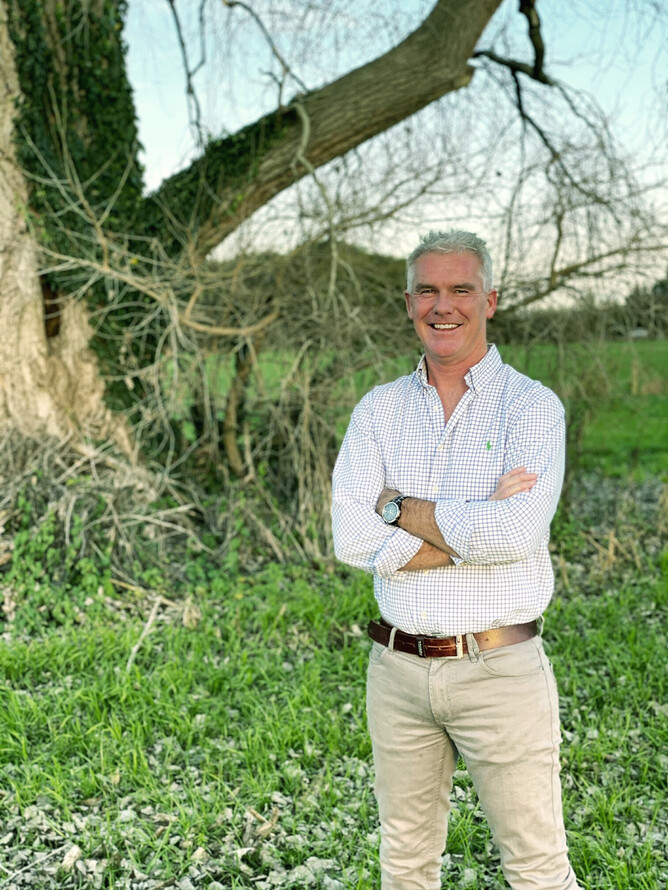Partner Brett Robinson shares his Succession Planning tips on Good Farm Planning Hub.
In this blog, we’re bringing you key tips from Rural Coach’s Brett Robinson about succession planning. This blog is the first in our two part series about farm business planning.
Brett started his career working in Agri-banking, and during this time he invested in several different farming ventures through equity partnerships. Brett and his wife Leanne also own a farm just out of Hamilton. After banking, he owned a commercial trade business for nearly four years, before joining Rural Coach Ltd as a Partner.
Rural Coach is a specialist coaching/advisory service for rural New Zealand families and businesses. Their team has hands-on experience in rural business and specialises in facilitating farm succession planning, business and strategic planning, as well as team culture and development.
Succession planning is important for figuring out “where next,” for a family farming business and making sure everyone is able to be a part of the future direction of the family business. Planning helps you prepare for the unknowns that might come up, so you can figure out what to do if a crisis does happen.
Here are Brett’s tips for succession planning:
Strategy before structure – before working on the structure of a succession plan, you first need to have a conversation about what is most important for the family, and the farm is part of this. Once you have determined what is most important and you have an idea of what the future will look like, then you can start to plan what you need to do to get there. Having a clear goal in mind will also help you identify what sort of support you might need along the way.
Turn an “I think” into an “I know” – it’s important to hear from everyone about what they want to achieve in their future, so you can make a plan based on reality. Often, this means having separate conversations with the parents and each child, to make sure everyone can share what’s important to them. Having these kinds of open conversations means that everyone is clear on what each other wants, so that assumptions don’t become expectations. After these individual conversations, everyone is brought together for a succession planning discussion.
Build the four pillars of succession planning – Brett describes four key pillars that you need to have for a successful succession planning discussion. The first two are sound relationships and willingness, and they are essential to have before having the planning conversations. This means that it’s important to make sure relationships are strong and that everyone is ready to come to the discussion table, share their thoughts, and listen to others. The second two pillars of viability and equity will guide the discussion. Focusing on the viability of the agri-business and on equity among successors will add a healthy dose of reality to the conversation, which helps determine what is possible to achieve and also how everyone can be treated fairly.
Planning is a process – The goal of this first succession planning discussion is to come up with actionable steps that make it clear what is going to be done, when, and by whom. The family should also set a date for the next planning conversation. This is important because planning is a process and needs to be done over time.
If you want to learn more about our Succession Planning services, please click here.



